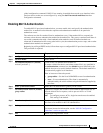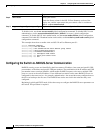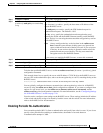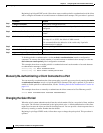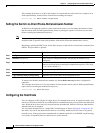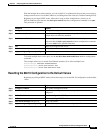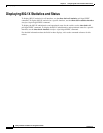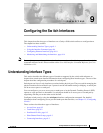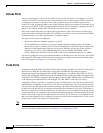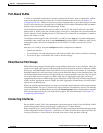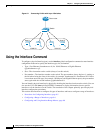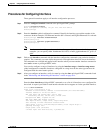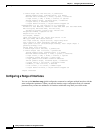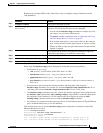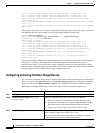
CHAPTER
9-1
Catalyst 2940 Switch Software Configuration Guide
78-15507-02
9
Configuring the Switch Interfaces
This chapter describes the types of interfaces on a Catalyst 2940 switch and how to configure them.
The chapter has these sections:
• Understanding Interface Types, page 9-1
• Using the Interface Command, page 9-4
• Configuring Ethernet Interfaces, page 9-10
• Monitoring and Maintaining the Interfaces, page 9-14
Note For complete syntax and usage information for the commands used in this chapter, refer to the switch
command reference for this release and the online Cisco IOS Interface Command Reference for Cisco
IOS Release 12.1.
Understanding Interface Types
This section describes the different types of interfaces supported by the switch with references to
chapters that contain more detailed information about configuring these interface types. The rest of the
chapter describes configuration procedures for switch ports.
Switch ports are Layer 2-only interfaces associated with a physical port. They are used for managing the
physical interface and associated Layer 2 protocols and do not handle routing or bridging. A switch port
can be an access port or a trunk port.
You can configure a port as an access port or trunk port or let the Dynamic Trunking Protocol (DTP)
operate on a per-port basis to determine if a switch port should be an access port or a trunk port by
negotiating with the port on the other end of the link.
Configure switch ports by using the switchport interface configuration commands. For detailed
information about configuring access port and trunk port characteristics, see Chapter 13, “Configuring
VLANs.”
These sections describes these types of interfaces:
• Access Ports, page 9-2
• Trunk Ports, page 9-2
• Port-Based VLANs, page 9-3
• EtherChannel Port Groups, page 9-3
• Connecting Interfaces, page 9-3



